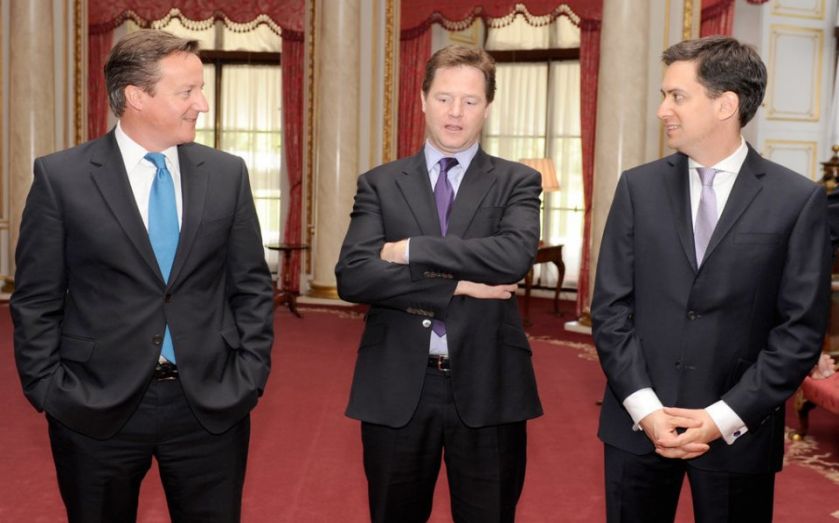The government is failing to hit gender targets in Whitehall, but which party is the most equal?

Closing the gender gap at the top of politics is taking time. According to official data, only two government departments met the target of appointing as many women as men last year.
In the 2013-14 financial year, less than 40 per cent of new appointments were women. As many as 10 departments performed worse in that financial year than they had in the preceding one, 2012-13.
Some 44 per cent of Whitehall jobs are now performed by women, and it looks increasingly like the 50-50 split the government is targeting won’t be met by the end of the current parliament.
What is more, the numbers for MPs, as opposed to civil servants, are even worse. No party has more than a third female MPs, which is likely to hurt both the Conservatives and the Liberal Democrats, who are less equal than the opposition, and are struggling to attract female voters. One of the problems is the lack of female faces in parliament. Of the 650 MPs in the commons, 77 per cent or 502 are male, while only 23 per cent, or 148, are Female.

Labour are the most equal of the three parties; of the 157 Labour MPs 87, or 33.9 per cent are female. This compares favourably with the Liberal Democrats (12.5 per cent) and the Conservatives (15.8 per cent).

Below is a map showing the constituencies with female MPs (green). Bear in mind, this is not an accurate representation as for it to be so, every constituency would be shown as being the same size.
